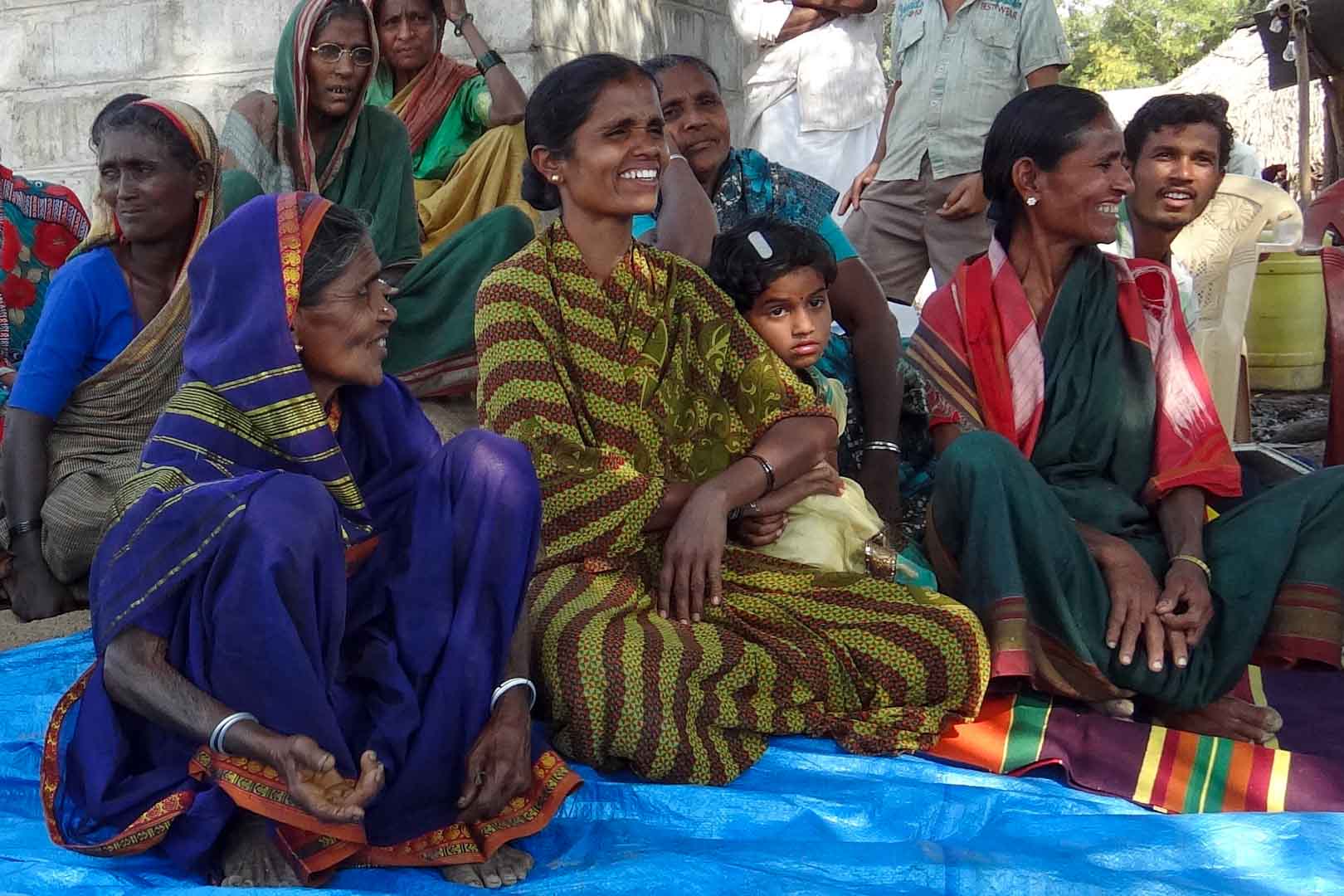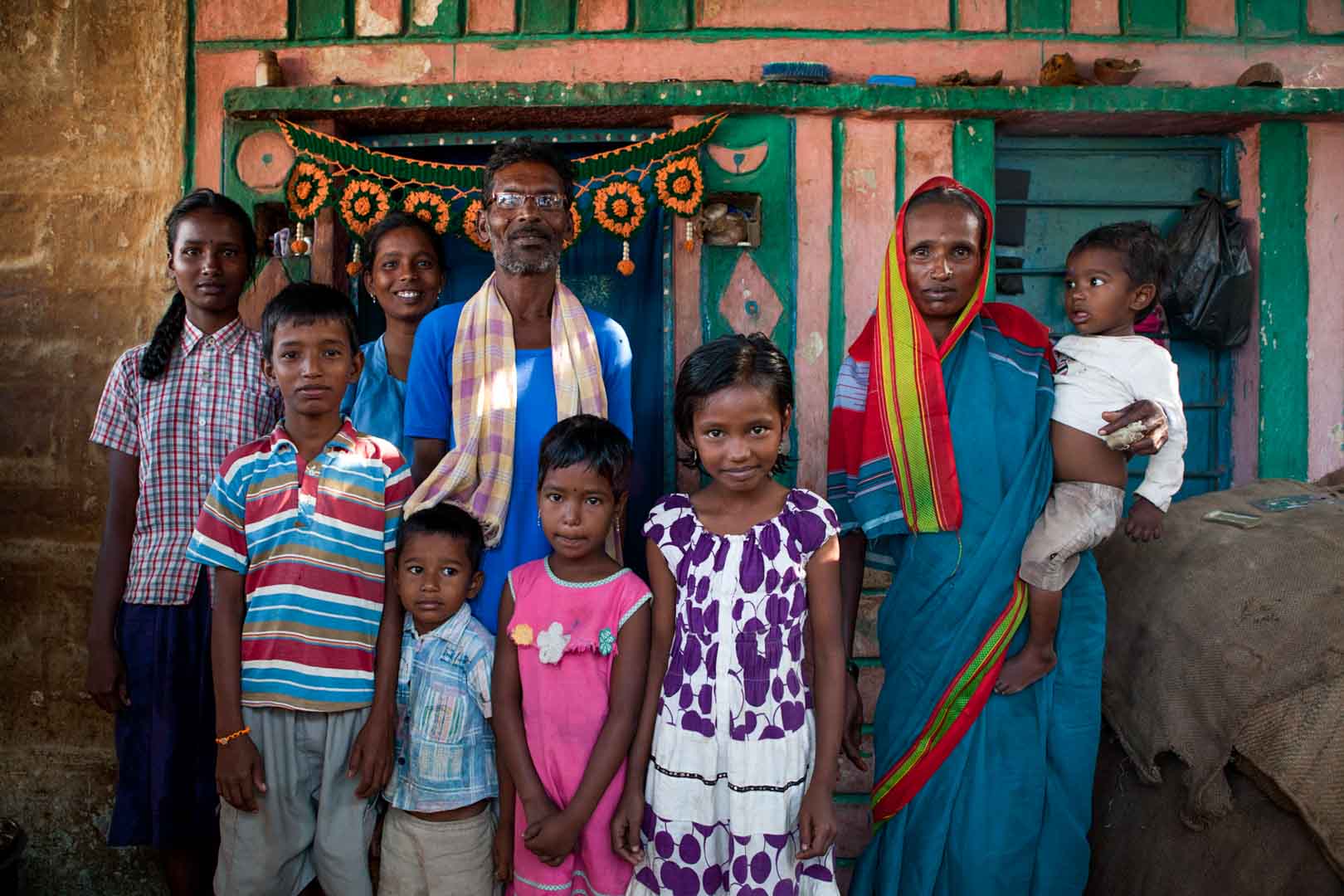Clean air thanks to efficient cookstoves
This cookstove project in Raichur makes everyday life easier for many smallholder families. In rural India, many people live in the simplest of conditions. For cooking, they usually use wood fires in simple stoves, from which much of the heat escapes, wasting a lot of energy and resources. In addition, the smoke significantly pollutes indoor air quality.
What sounds troublesome from a prosperity perspective has serious consequences for people: Respiratory diseases are a serious threat, and children and women are particularly affected. They are also the ones who spend many hours every day to procure the necessary wood. That is why the efficient "Chulika Stoves", which are distributed as part of the project, help women in Raichur in particular. Since the stoves consume 67.5 percent less fuel, they can save long distances as well as money on fuel.
The project is the first climate project for Germany to be certified with the Fairtrade Climate Standard. From the Faitrade Climate Standard, the community also receives a premium that they can use to adapt to increasingly extreme conditions caused by climate change.

According to a statistic from the World Health Organization (WHO, 2024) around a third of the global population still relies on unsafe and environmentally harmful cooking methods. This includes, for example, cooking over open fires or using polluting cooking fuels, such as coal or kerosene. Improved cookstoves tackle this problem by using thermal energy more efficiently.
Depending on the model, an improved cookstove can reduce fuel consumption by up to 70 percent, which significantly saves CO2 emissions and can lower the pressure on local forests as less firewood needs to be harvested.
Improved cookstove projects allow the distribution of the - often simple - devices made from metal or clay to households, small enterprises or community facilities. Especially for households, this has an impact beyond the CO2 reduction: better indoor air quality decreases respiratory diseases and families can save time and money as less fuel is needed. Improved cookstoves projects in the ClimatePartner portfolio are registered with international standards.
Explore our projects
Biochar for Climate Action, Healthy Soils, and Better Harvests

A certified climate project combined with additional commitment

Expansion of renewable energy generation in Asia

Ceramic water filters save CO2 and improve health

Improved cookstoves worldwide – for better health and cleaner air

A certified climate project combined with additional commitment

Powering access to renewable energy in Africa

A certified climate project combined with additional commitment

Restored ecosystems remove carbon

Turning degraded farmlands into healthy ecosystems

Improved cookstoves - better for health and the environment















